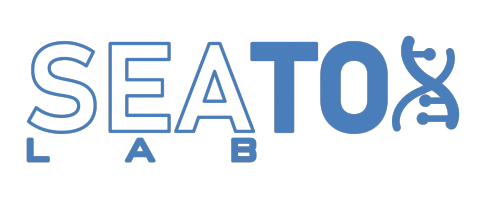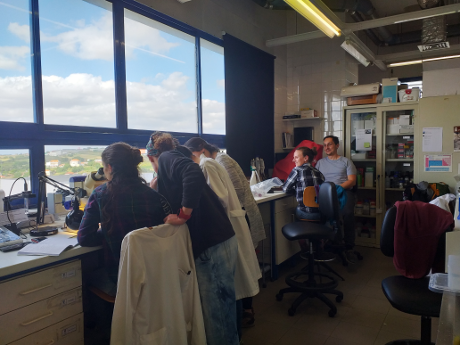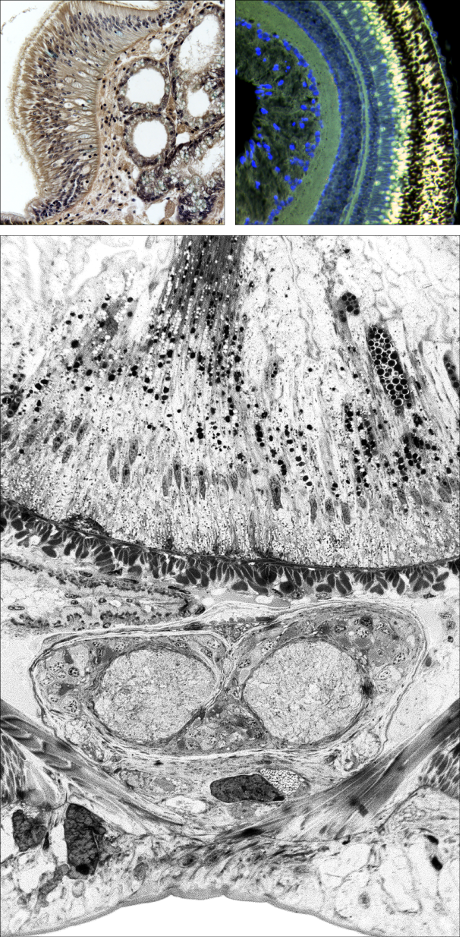Home
Welcome to the SeaTox Lab website
|
Our mission The SeaTox Lab aims at understanding how marine fauna respond and have evolved to cope with chemical aggressors, whether anthropogenic (pollutants) or biogenic (toxins). This includes investigating how marine animals acquired the ability to produce toxins as "warfare" to avoid parasites, predation or to become predators thamselves. Our mission is to integrate the toxicologist's perspective within Marine Environmental Research and Marine biotechnology. Expertise The SeaTox Lab is a multidisciplinary group, as toxicology and biotechnology involve the integration of multiple domains of expertise and methodologies. We highlight the following: •Ecology, biology and evolution of aquatic organisms: biodiversity, bioconservation and the effects of climate change •Toxicopathological biomarkers: from transcriptome and proteome to pathological traits •Screening for novel toxicological pathways •Substance testing: evaluating hazards and risks of pollutants and novel drugs, with emphasis on genotoxicants, mutagens and carcinogens •Animal histology, cytology and histopathology: from aquatic invertebrates to mammals •Omics, multi-omics and bioinformatics in toxicity-testing, drug discovery, regeneration biology, ecology and climate change, with emphasis on proteomics and transcriptomics. |
The team @SeaTox at work |
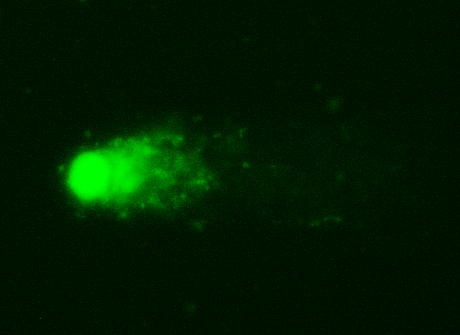 |
The single cell gel electrophoresis assay (SCGE), or simply the 'Comet' assay, quantitates damaged DNA in isolated cells follawing embedding in agarose, lysis and electrophoresis in extremely alkaline conditions. This protocol is one of the most widely used for genotoxicologists to study the effects of noxious compounds onto DNA. The image shows the 'tail' of damaged DNA (containing fragments and relaxed loops) migrating from what is left of the nucleus of a cell (now termed 'nucleoid'), after staining with a DNA-intercalating fluorochrome and magnified 400 times. More DNA in the 'tail' means more damage to DNA, which can be quantified through image analysis. |
| Histology, immunohistochemistry, histopathology and related domains are one of our most important expertise. We work with a wide range of animals (vertebrates and invertebrates), for a broad scope of research projects: from substance testing to standard pathology. We are always open to new collaborations and challenges. Clockwise: digestive gland of a marine mussel, stained with one of our very-own cocktails of dyes; section across the retina of the zebrafish (fluorescence microscopy); semi-thin resin section across the ventral area of an annelid, showing the two nerve cords. Check "The Handbook of Histopathological Practices in Aquatic Environments: Guide to Histology for Environmental Toxicology". |
|
Ongoing and recent research projects
Project POLLUX (leading lab. Just granted!)
Project MARVEN (leading lab.) Now closed!
Project WormALL (leading lab.) Now closed!
Project GreenTech (leading lab.) Now closed!
Project ExtremeOceans (leading lab.) Now closed!
Project Aquatrophys (leading lab.) Now closed!
Project MBStox (participant) Now closed!
Project EASMO (participant) Now closed!
Projecto MicroToxFish (participant)
For more information, see our funded research page, here.
[Site last updated: 28-10-2025]
Contacts & Social Media
Pedro M. Costa, lab leader (pmcosta@fct.unl.pt)
@seatoxlab (Instagram)
@seatoxlab (Twitter)
UCIBIO - Research Unit on Applied Molecular Biosciences
Department of Life Sciences, NOVA School of Science and Technology
Departamento de Ciências da Vida, Faculdade de Ciências e Tecnologia da Universidade Nova de Lisboa
PI Office 401, Lab. 353
Telephone: (+351) 212 948 300, Extension 11119 (lab) | 11114 (PI office)
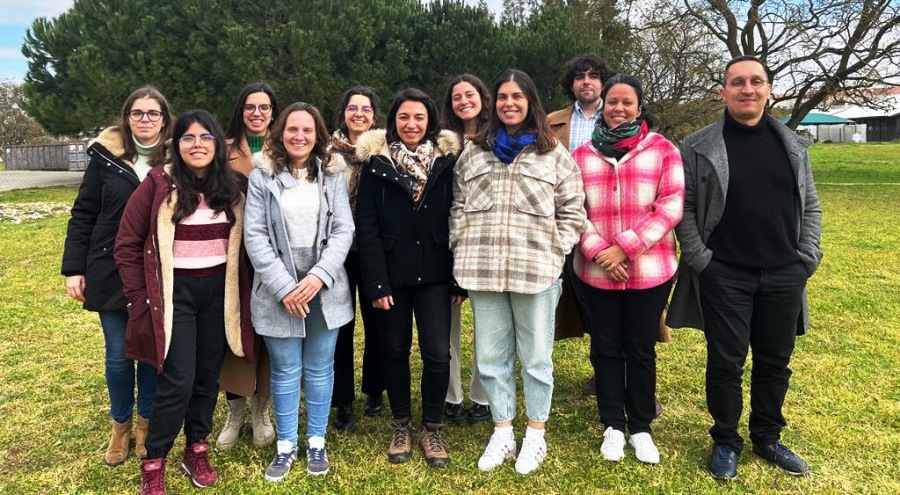
The SeaTox Lab team February 2023. Up, left to right: I. Moutinho Cabral, C. Faustino, I. Padrão, C. Martins, M. Paço, C. Gonçalves, L. Loureiro, C. Madeira, J. Vitorino, N. Oliveira (visiting Ph.D. student from UNICAMP, Brazil) and P.M. Costa

